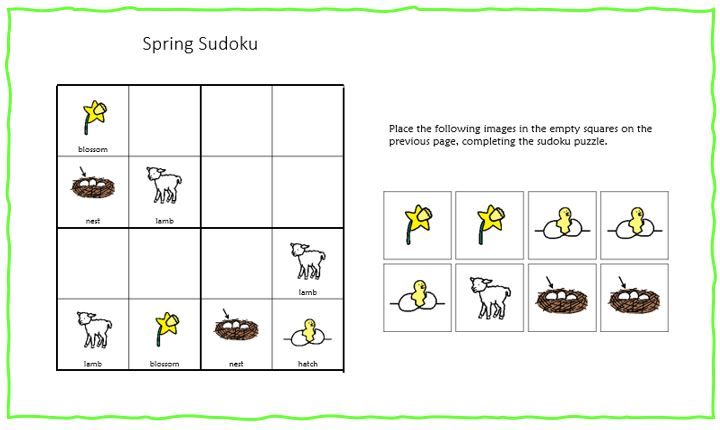When you start a new unit, one of the biggest problems is how to teach the new vocabulary. Very often, our middle and high school students do not have the core vocabulary needed to understand more complex topics. This can make teaching standard curriculum content seem like an impossible task. But, if we step back, and break it down, teaching new vocabulary can actually make teaching these topics easier, not harder.
Identify 10-20 new vocabulary words
Sometimes, it is hard to narrow it down. But, I know from experience, more words are not always better when figuring out how to teach new vocabulary. Too many new words can end up with students learning none at all.
The first thing I do when I approach a new topic is to identify 10-20 words that are important to understanding the content. However, I also try to pick words that are not too difficult or obscure. We know many of our students have an overall limited vocabulary rooted in social and communication challenges. Words most high schoolers would know can be totally foreign to our kids.
This is why, I often pick words that may seem too simple, like pesticide or pollution. I try to pick words that students will continue to use once the unit is over if possible.
Finally, you want to choose enough new vocabulary words that there are enough to effectively utilize in various group activities. It is challenging to play a game of Go Fish if you only have 5-6 words.
Create your own definition
When figuring out how to teach new vocabulary, the definitions are just as important as they words you choose.
There is nothing worse than teaching new vocabulary words using definitions with words students do not understand. Unfortunately, I find that is true of most standard dictionary definitions. They are too complex for our students. That is why I like to create my own definition whenever possible.
I will read lots of definitions from many sources, as well as look at how the new word is used in the material I plan to use for teaching. Once I have my brain full of various ideas, I try to condense it down into one simple sentence.
Your definition should be one simple sentence if at all possible.
Once you have your definition figured out, the next step is to find a simple picture symbol or image to pair it with. This added visual support can be really helpful. Students will often pair that image in their minds with the definition you have crafted. The picture acts as a bridge between this new vocabulary word and its meaning.
Although I have no empirical data to back this up, it was undeniable in the classroom. As soon as my students would see the picture, it would “trigger” the word for them. With enough practice, the definition would soon follow. It took several years for me to figure this out, but the picture was critical in their retention of the new vocabulary words. It also truly helped with the long-term retention of the material.
Daily review
Now that you have chosen your new vocabulary words, created a definition, and matched it with a picture it is time to start teaching them.
Ideally, you should review the words every day. I have a great blog post on 10 Awesome Vocabulary Activities you can do daily. Ideas from this post will make sure your students don’t get bored reviewing the same words day after day. In fact, with many of these activities, your students will see if more like a game. This post also has a download with the rules and supplies needed for each activity.
Because how to teach new vocabulary is going to part of your daily lesson, it is also good to have a way to place that on your students’ schedules if they use one. I made schedule cards to go with each of the activities in the blog post above that you can download. Just visit the post: Adding Structure to your small group lessons with schedules.
In addition to group activities, there are some other individual activities you can and should add when teaching new vocabulary. Towards the end of the unit, I like to do a cut and paste activity where students match either the picture to the definition or the definition to the picture. This will help you determine if more teaching is necessary.
I also have become a big fan of vocabulary puzzles. I will create a simple Sudoku puzzle (usually 6×6 or 4×4). I have a blank Sudoku template you can download right here. I left this in a PowerPoint version so you can easily add your own vocabulary images. In order to figure out where to put the images, I use this Sudoku Generator. The generator places all the numbers in the puzzle for me. Then, I simply replace the numbers with pictures.
Here is what it looks like when done:
You can actually download this Sudoku puzzle for free in the Free Resource Library. If you need the password, CLICK HERE.
Long-term retention of new vocabulary words
Now that you have gone through all the trouble learning how to teach new vocabulary, you want to make sure your students remember these words and hopefully use them at other times.
The best thing I have found is to make a folder for each unit that acts like a dictionary. This takes a little time, but it is so worth it. You are going to basically make a reusable matching activity. It will involve some lamination and Velcro, but it is something your students can use over and over again. Here is how I made and used mine.
The other way to set up a long-term practice activity that does not require printing is to create some google slides. These are digital activities students can complete independently in a center or at home. Watch the is short video to see how this could work
So when determining how to teach new vocabulary, remember:
- Choose 10-20 words
- Write your own definition and match it with a picture
- Review the words daily
- Create a way for students to review once the unit is complete
Download these sets of vocabulary cards in the Free Resource Library (if you need the password, CLICK HERE)
- Geometry vocabulary cards
- Spring vocabulary cards
- Butterfly Lifecycle vocabulary cards


